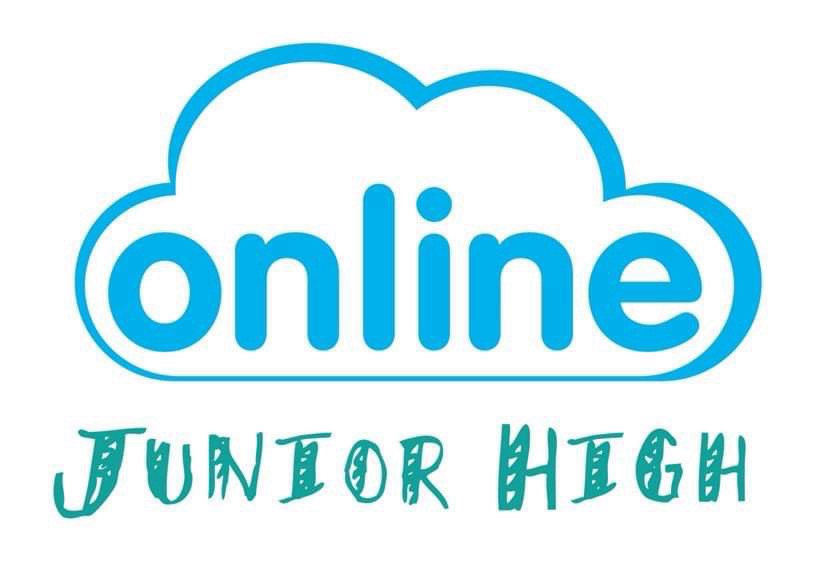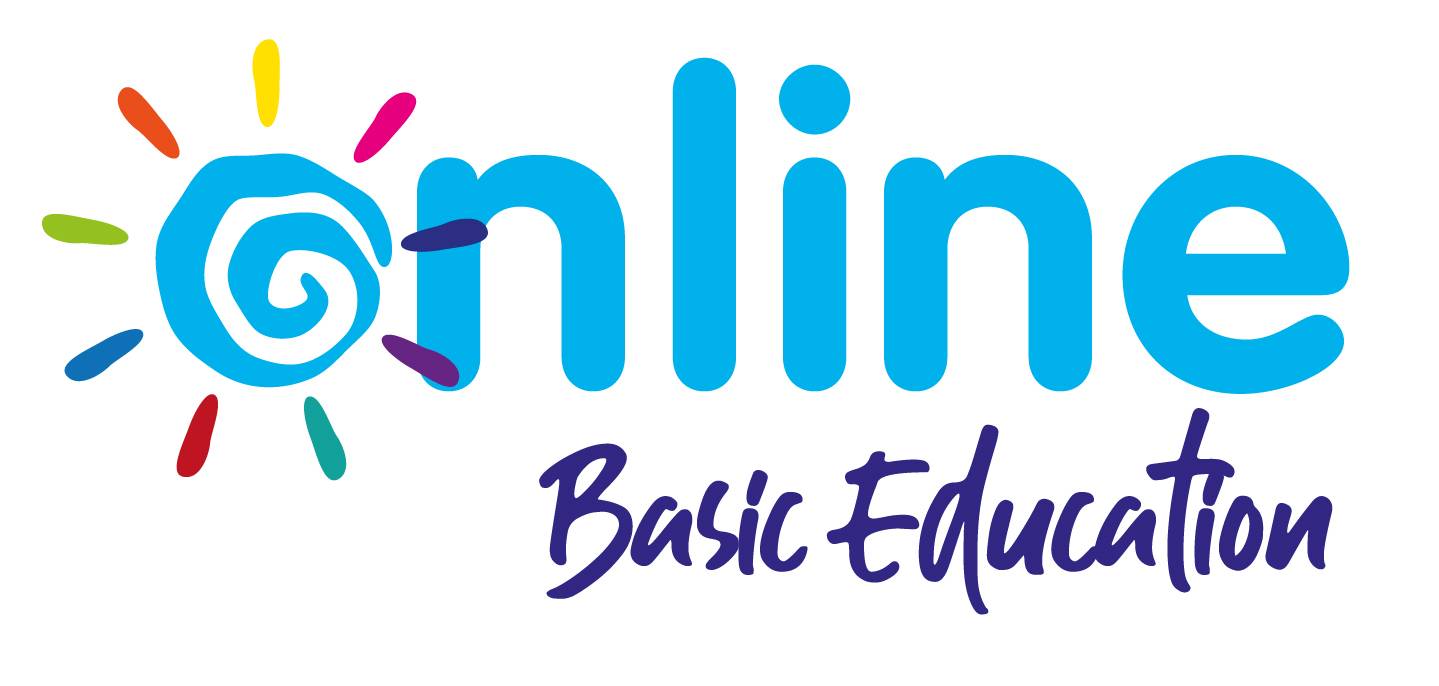Work immersion in senior high school is a hands-on training experience that allows students to work in industries aligned with their fields of study.
By undergoing work immersion in senior high school, students are prepared to navigate the workforce, apply theoretical knowledge in real-life settings, and align their skills with the demands of their chosen fields.
This experience helps students acquire relevant skills and competencies that are essential for either pursuing higher education or entering the job market immediately after graduation.
This article will discuss a comprehensive overview of the work immersion program in the Philippines, including its objectives, the role of the work immersion plan for senior high school, and its significance in shaping the future of students.
What is Work Immersion in Senior High School?
Work immersion is a mandatory program integrated into the K to 12 curriculum, where Grade 11 and 12 students engage in practical work experiences related to their field of specialization.
This initiative aims to equip learners with relevant skills that align with industry standards, thereby enhancing their employability upon graduation.
To address the evolving job market, the Department of Education (DepEd) and the Private Sector Advisory Council (PSAC) recently launched an enhanced work immersion program in August.
The enhanced immersion program introduces several new features:
- Curriculum Alignment: The immersion curriculum now aligns with real-world industry standards, providing students with up-to-date skills that match market demands.
- Extended Training Hours: Students gain additional immersion hours, allowing them to further develop their skills in more extensive, hands-on activities.
- Teacher Training: Educators receive professional development to effectively guide students during immersion.
- Employment Matching: Job fairs and employment-matching opportunities ensure that students have avenues to connect with potential employers after graduation.
Initial industries participating in this program include IT, manufacturing, hospitality, and business, each offering high demand for skilled workers and abundant career opportunities for students.
This initiative also directly addresses the job-skill mismatch issue by providing students with practical, market-relevant experience.
Objectives of Work Immersion in Senior High School
The introduction of work immersion in senior high school was made to complement the K-12 curriculum, preparing students to meet industry needs and pursue careers aligned with their specialized track.
Whether students are in the STEM, HUMSS, ABM, GAS, ICT, or TVL strands, this requirement aims to foster job-ready skills by allowing students to work directly in fields that match their studies and interests. Specifically, the goals of the senior high school work immersion include:
Skill Acquisition
By working under industry professionals, students acquire hands-on skills that align with their academic training and professional aspirations.
Application of Theoretical Knowledge
Immersion allows students to apply classroom theories to real-world situations, bridging academic concepts with industry practices.
Development of Professional Attributes
Students learn essential soft skills, such as communication, teamwork, and critical thinking, which are vital in any workplace.
Cultivation of Work Ethic and Values
Through work immersion in senior high school, students develop valuable habits and a respect for work, preparing them for lifelong career success.
In this way, work immersion serves as a crucial foundation for either employment or further studies, reinforcing a student’s readiness for the workforce and their role in society.
For students interested in a flexible, convenient learning environment, elearning for SHS offers an alternative to traditional classroom settings while still providing the necessary skills for success.
Structure of the Work Immersion for Senior High School
The work immersion plan for senior high school is carefully designed to ensure each student gains a meaningful learning experience aligned with their chosen track. Typically, the immersion process is divided into three key phases:
Pre-Immersion Orientation
During this phase, teachers provide an overview of the immersion program, covering workplace conduct, ethics, and safety procedures. Students also prepare essential documents, such as a résumé, application forms, and clearances from local authorities.
They may also attend training in job interview skills and workplace behavior. Pre-immersion orientations ensure students are well-prepared and informed about their responsibilities.
Immersion Proper
Students are then assigned to industry partners for hands-on work experience. This portion lasts a minimum of 80 hours and involves a range of activities, including observing and participating in business processes, learning about company structures, and interacting with industry professionals.
Students document their daily tasks, often contributing to small projects or completing job-shadowing exercises that deepen their understanding of industry practices.
Post-Immersion Evaluation
After completing the immersion period, students reflect on their experiences. They assemble portfolios containing résumés, supervisor evaluations, activity reports, and weekly diaries, providing a comprehensive record of their immersion. Teachers then guide students through a reflective exercise, comparing their academic learning with their industry experience.
This structured process ensures that every student completes their immersion with a well-rounded understanding of the workplace and the skills necessary for their future careers.
Benefits of Work Immersion in Senior High School
Participating in senior high school work immersion offers numerous benefits:
Real-World Experience
For many students, work immersion is their first exposure to a professional setting, where they can observe and understand the responsibilities involved in their chosen fields.
For instance, STEM students working in laboratories or ABM students assisting in finance departments gain practical insights that complement their academic learning.
Skill Development and Enhancement
Through immersion, students develop both technical and soft skills, becoming better prepared to meet employer expectations. For example, students in ICT strand might learn valuable skills in data management, software applications, and troubleshooting.
Building Professional Networks
Immersion enables students to meet professionals in their field, laying the groundwork for mentorship opportunities and potential job connections. These early relationships can be invaluable for students seeking entry-level positions after graduation.
Career Guidance and Clarity
One of the critical advantages of work immersion is helping students gain clarity about their career aspirations.
A HUMSS student, for instance, might discover an interest in roles within social work, government, education, or even law enforcement. By experiencing work in these fields, students gain firsthand knowledge of HUMSS strand possible jobs that align with their skills and interests.
By undergoing work immersion, students can more confidently plan their career paths and pursue roles that fit their strengths and interests.
Work Immersion for Each Senior High School Track
The work immersion experience is tailored to suit the specific strands that students choose in senior high school, including:
STEM (Science, Technology, Engineering, and Mathematics)
Students in the STEM track often work in labs, research facilities, or technology companies. Their immersion reinforces their technical knowledge, and for students interested in further understanding, check the benefits of STEM strand for more information.
ABM (Accountancy, Business, and Management)
ABM students usually assist with financial tasks, project management, and other business operations, gaining experience that aligns with ABM courses in college.
HUMSS (Humanities and Social Sciences)
Students may work in community organizations, government agencies, or education, experiencing roles that match their interest in public service or social work.
GAS (General Academic Strand)
GAS students have a more flexible immersion experience, with opportunities to explore a wide range of fields such as business, education, media, law, and social services.
ICT (Information and Communications Technology)
ICT students benefit from immersion in tech companies or IT departments, where they gain technical skills that are vital in today’s digital world. More information on this strand is available here.
TVL (Technical-Vocational-Livelihood)
TVL students participate in industry-specific training, including hospitality, agriculture, and construction. These experiences are crucial for students who plan to join the workforce immediately after graduation.
Each track offers a unique immersion experience, giving students exposure and skills specific to their educational background and career goals.
Tips on How to Prepare for Work Immersion
Preparing for work immersion is crucial to maximizing the experience and making the most of the opportunities it provides. Here are some practical steps you can take to ensure you’re ready for your work immersion:
Understand the Program Requirements
Before starting your work immersion, make sure you fully understand the program’s expectations. This includes the number of hours you need to complete, the specific tasks or roles you’ll undertake, and any dress code or other professional standards that apply.
Research the Company or Organization
Take the time to research the organization where you will be immersing yourself. Understand their mission, core values, products or services, and the industry they are a part of. This will help you feel more confident when engaging with your supervisors and colleagues, as well as allow you to contribute meaningfully during your immersion.
Develop Soft Skills
Work immersion is not just about technical knowledge but also about developing essential soft skills like communication, teamwork, time management, and adaptability. Practice being punctual, following instructions, and working well with others.
Set Personal Goals
Think about what you want to achieve from work immersion. Whether it’s gaining specific job skills, understanding industry trends, or expanding your professional network, having clear goals will keep you focused and motivated throughout the program.
Prepare Your Documents and Requirements
Make sure you have all the necessary documents for your work immersion, such as your consent forms, medical certificates, and any identification or work uniforms required by the organization. Stay organized and ensure everything is in order before you start.
Be Open and Eager to Learn
Work immersion is a learning experience. Be open to feedback, ask questions, and take initiative when given tasks. Even if the work seems menial or basic at first, take it as an opportunity to learn how different roles contribute to the larger goals of the company or organization.
Work Immersion as a Pathway to Success
The implementation of work immersion programs in senior high schools across the Philippines marks a significant step toward bridging educational gaps and enhancing student employability.
By providing meaningful experiences that connect classroom learning with real-world applications, these programs prepare students for successful transitions into higher education or the workforce.
For students who are seeking a more flexible or self-paced approach, online K12 programs at OED Senior High School offer another option for completing senior high school education while still gaining hands-on industry experience through virtual platforms and collaboration with real-world businesses.Whether you plan to continue your studies or enter the workforce right after graduation, OED SHS equips you for success. Enroll at OED Senior High School today and take the first step toward a bright future with practical experience that will set you apart!







